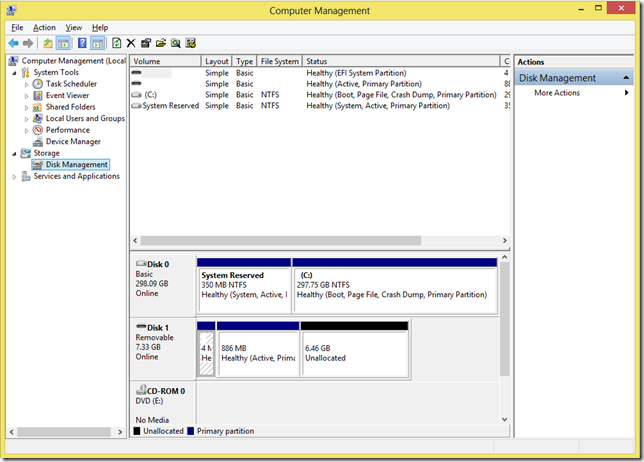How to
hack any facebook account without NO keyloging pishing required, PASSWORD
HACKING
How to
hack any facebook account easily by Reverting/Reseting pass of your victim NO
keyloging pishing required
Here
is one more interesting tip on how to hack a Facebook account by the method of
reverting the password.This method does not involve any skill or anything just
a brain would be enough to get you through this trick ! Well,you might think
that it is impossible but it is actually true that you can hack any facebook
account ! So before we start i would like to tell you what “Reverting” actually
means…
What
is Reverting ?
Reverting
is the process of resetting a password without the knowledge of the actual user
! So this is basically a low level of hacking but it does the job for you !
For
more on reverting go here : What exactly is reverting ?
How do
I hack my friend’s Facebook ?
Make
sure your not logged in to your account.If you are then make sure you sign out
and then follow the following methods
1.Go
to this link:
http://www.facebook.com/help/contact.php?show_form=hack_login_changed
/ http://www.facebook.com/help/contact.php?show_form=hacked_cannot_identify
That
is the form that you will be using in order to hack your user.
2.Then
in “Your E-mail Address” type your E-mail address.
3.Then
apply the following options as in the image below.
4.Once
you have done that,You will have a question asking “Email associated with the
compromised account.” – In that just type “No” and nothing else other than that
!
5.In
“Your contact email address.” – Type your own email for you to receive the
Password Reset Link.
6.In
the “Full Name of the Account.” – Type the Name of your victim if you know.If you
don’t then:
a.Try
finding the Name of the victim by just searching his/her e-mail on Facebook.
b.If
that doesn’t work then google the E-mail address of your Victim,that might give
you some details.
c.If
that also doesn’t work then use the following sites to get them
http://com.lullar.com/
http://www.pipl.com/email/
So if
you follow one of the above methods you should be getting the Full Name of your
victim.Now lets move on to the next step
7.”Date
Of Birth” – In this column you have to enter the Birthday of your Victim.If you
know him personally then you should be knowing it.If not you can just social
engineer him and somehow make him tell it.Once you get it you have to enter it
in that.
8.”URL
(web address) of your compromised profile.” – This is just the profile URL of
your Victim which can be got easily(Usually of the form:
http://www.facebook.com/profile.php?id=99999)
9.Now
your all set ! Before you submit the form just make sure you recheck the whole
form if you have done the right thing.Once you do so just click on “Submit”
10.Thats
it ! You have done it ! Now you just have to wait for Facebook team to look up
for your request ! Once they approve it they will send a link to reset your
victim’s Password !






















 Also, connect your external hard drive with plenty of available disk space now.
Also, connect your external hard drive with plenty of available disk space now.



